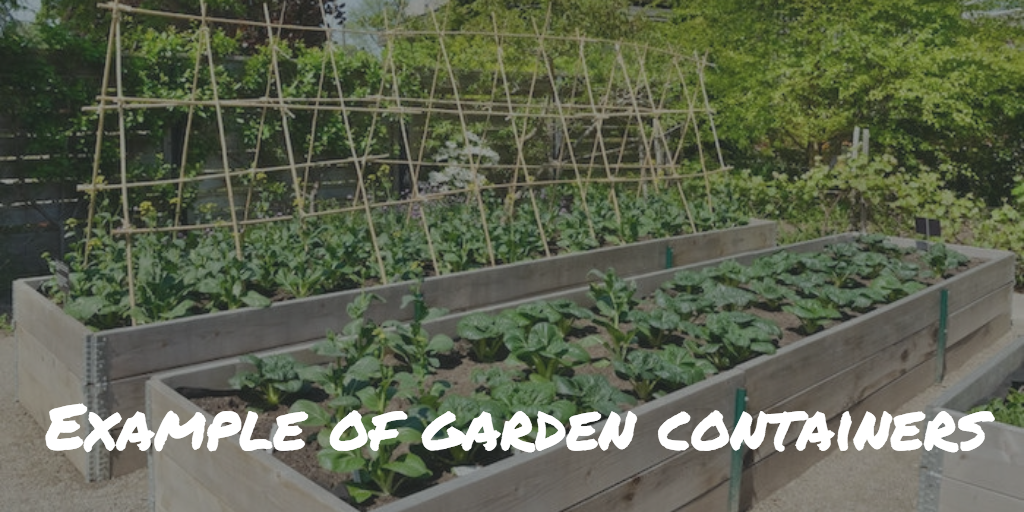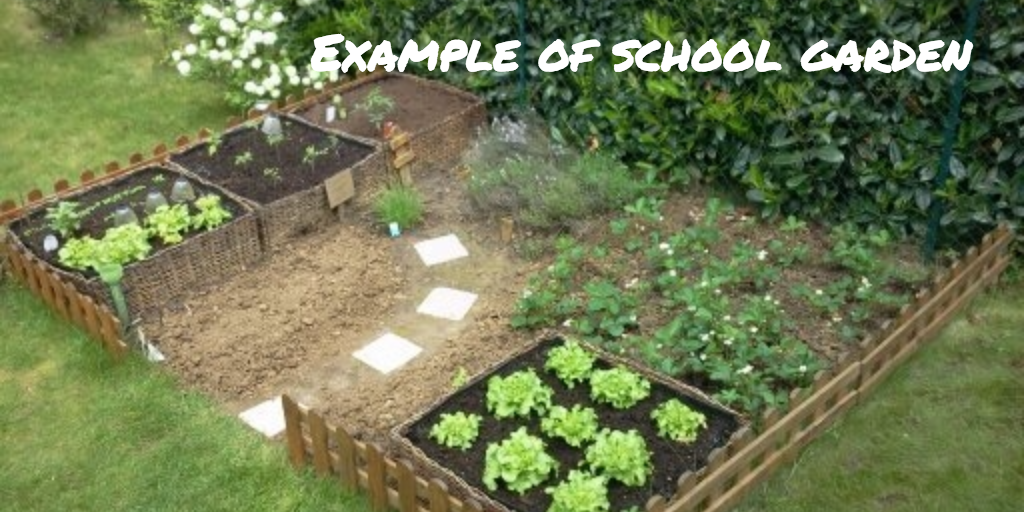Gardening at school
Carolanne Tremblay
Creating gardens in schools is not a recent idea. As early as the end of the 18th century, Jean-Jacques Rousseau and Johann Pestalozzi felt that "contact with nature allowed children to develop healthily". As for Ferdinand Buisson (1911), he already praised the merits of school gardening in his Educational Dictionary as an "instructional element to reinforce the indications provided to pupils". However, the idea of creating agricultural spaces to expand the skills of students has become increasingly popular in recent years.
Gardening with students ... why?
This is the big question many teachers and school workers are asking. What will this teaching bring to my class, what will it change in my subject?
Everyone who works or has worked in schools knows that teaching is not limited to a school subject or to a class. Teaching allows young people to reinvest what they've learned in real life. So that they can develop multiple skills and absorb a general culture that allows them to develop their point of view, their personality, and their various abilities.
As we know, children prefer practice over theory. In class, during school periods such as French or mathematics, it may be more difficult to do practical exercises that go beyond the theoretical framework. Gardening allows teachers to have a living and outdoor practice environment in order to give free rein to the experiments and discoveries of their students.
The creation of a school garden allows young people to explore nature, discover new foods, new flavors, and textures while watching life grow. Gardening with young people allows teachers to discover a new facet of their personality, because getting out of class gives shier students the opportunity to come out of their shell. Creating a vegetable garden is a fertile breeding ground for the discovery of companionship, difference, and mutual aid. Many lessons to practice in everyday life.
There are often questions about how to explore the creativity of young people in our schools, gardening helps to exacerbate them, arouse their curiosity, and put all their senses on the lookout.
Beyond harvesting fruit, vegetables, or flowers, each stage of the vegetable garden allows the lessons to develop knowledge. The first shoots, the appearance of the flowers, the transformation of the flower into fruit or vegetable can be used in parallel of the transformations of the body and the personality of the young gardeners.
How to garden with students?
First of all, do not think too big when you imagine your first school garden. It is better start smaller and enlarge it over the years. Then, you have to choose the best spot (that, of course, which will allow a possible enlargement). It is necessary that the chosen place is sunny, but that there is a possibility of shade during the day (perhaps near a tree).
When the spot has been selected and approved by management or the school board, it is time to arrange the space and buy good gardening tools. Whether the garden should be dug directly in the ground, grown in a pot, or in tank, the decision is yours. Regardless of your choice, you will need to have good gardening soil in large quantities in order to have a soil suitable for growing flowers and vegetables. The decision to create a garden at your school could be a good opportunity to introduce vermicomposting. The latter would allow you, in the following years, to have access to a free land rich in nutrients in addition to allowing you to eliminate your garden waste quickly and cleanly. At this stage, it is possible to involve the students. Shoveling, nailing, picking, calculating proportions, and measuring land plots are all tasks that can be done by young people of almost all ages.

Once the garden is laid out, it is time to choose what will be planted. Before proposing a variety of flowers, vegetables, and fruit to grow, it is important to know the plants that will thrive in your garden. Check the sunlight and the growing area where you are. This will prevent you from buying seeds or seedlings that will not produce and that will disappoint your young gardeners. When your selection is made, present it to the students and let them choose what they want to plant and eat. You can bring in vegetables and fruits so that they can taste them to help them make their choice.
When the vegetables, flowers, and fruits are chosen, plan the garden according to the hours of sunshine and the method of companionship between plants. Depending on the age of the youth in your class, this plan can be achieved with their help. They will then plant the seeds and seedlings at the selected locations. Let them enjoy creating posters that indicate what is planted under the ground to decorate the garden in their image.
When everything is planted, it is only necessary to establish a schedule to maintain the vegetable garden. It will need to be watered daily, weeds should be removed weekly, and the soil should be enriched continuously if needed.

And pedagogically, what do students get out of it?
By creating a garden, students work with mathematics, calculations, and geometry. Mainly during the development phase of the garden. They become responsible and develop their autonomy, because they have to take care of an agricultural space and their harvest. They develop better lifestyles by discovering fruits and vegetables that they will want to eat at home.
The vegetable garden plants good methods of teamwork, collaboration and cooperation between children and adults. It offers the opportunity to socialize in a less formal setting and work on the social skills of each person.
Imagine the feeling of pride felt by students who have thought of, developed, dug, plowed, planted, and watered their garden, during their first harvest!
Teachers will see the transformation of their group. They will see them more invested, more motivated, and they will find that they will quietly open up about the novelty. Gardening allows young people to learn how to channel their energy while doing a supervised activity outside. They will develop a different vision of their teacher while working on their relationship with the teacher.
A few tips to make your first vegetable garden experience a success
Choose an easy place to start.
Ø Make a garden on the ground with certain plants in a pot or in containers in order to limit digging and shoveling.
Ø Apply for sponsorship to companies in your horticulture community to receive financial or material support.
Ø Make the vegetable garden accessible to all. In order to limit vandalism, put up barriers and posters indicating who is working on this project to educate the community about the work of the students.
Ø Easy to grow vegetables: carrots, beans, lettuce, peas, radishes, tomatoes, shallots, potatoes, cucumbers, and various squash.
Ø Easy to grow fruits: blackberries, raspberries, strawberries, and blueberries.
Ø Add flowers to add color to the vegetable garden and make it more attractive to students and staff. Choose perennial flowers so that they thrive every year. Also choose edible flowers, such as nasturtiums or day lilies to destabilize young people during tasting!
Ø Grow aromatic herbs such as basil, thyme, or coriander. They will keep aphids and insects away from your garden.
Ø Every year, it is important to modify your plan of the vegetable garden in order to rotate crops.
Ø Create a table of your vegetable garden with the students and note the planned dates of harvest and the key moments of the year: dates of seed planting, pot exchange, outdoors planting, etc.
Small growing tips:
Ø Cucumbers go well with lettuce, beans and potatoes, but they do not like radishes.
Ø Peas like carrots and radishes, but do not get along well with beans and tomatoes.
Ø For more information about which plants grow well together, visit different websites to gather information.
Good gardening and harvest!
Latest stories
Here’s what we've been up to recently.



